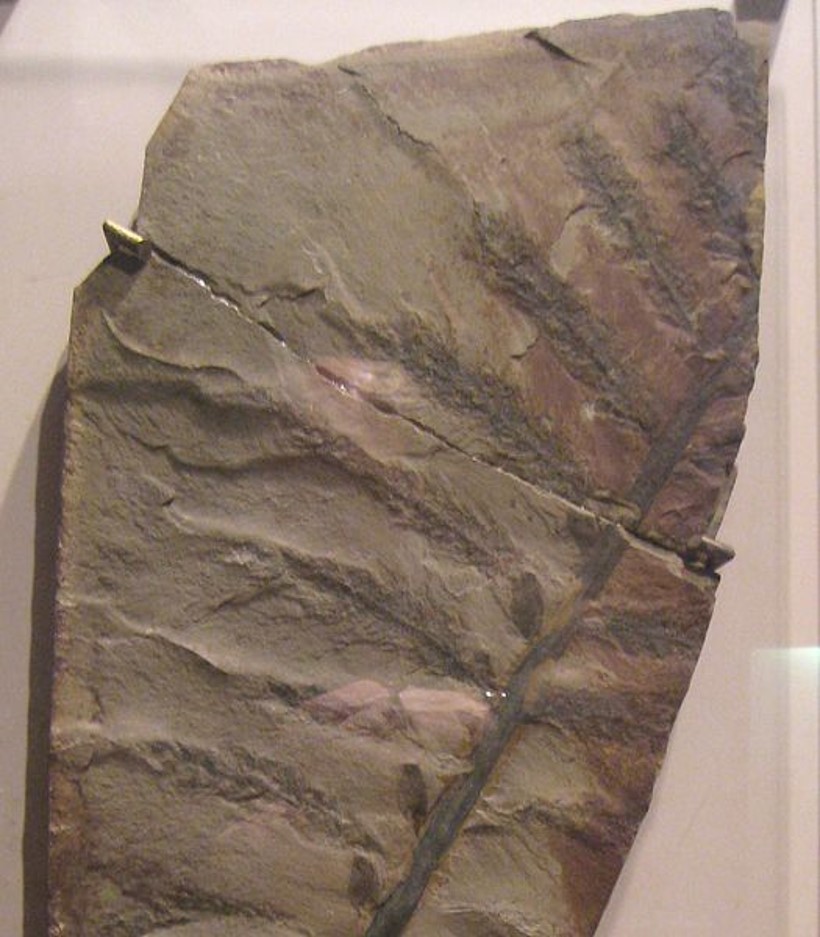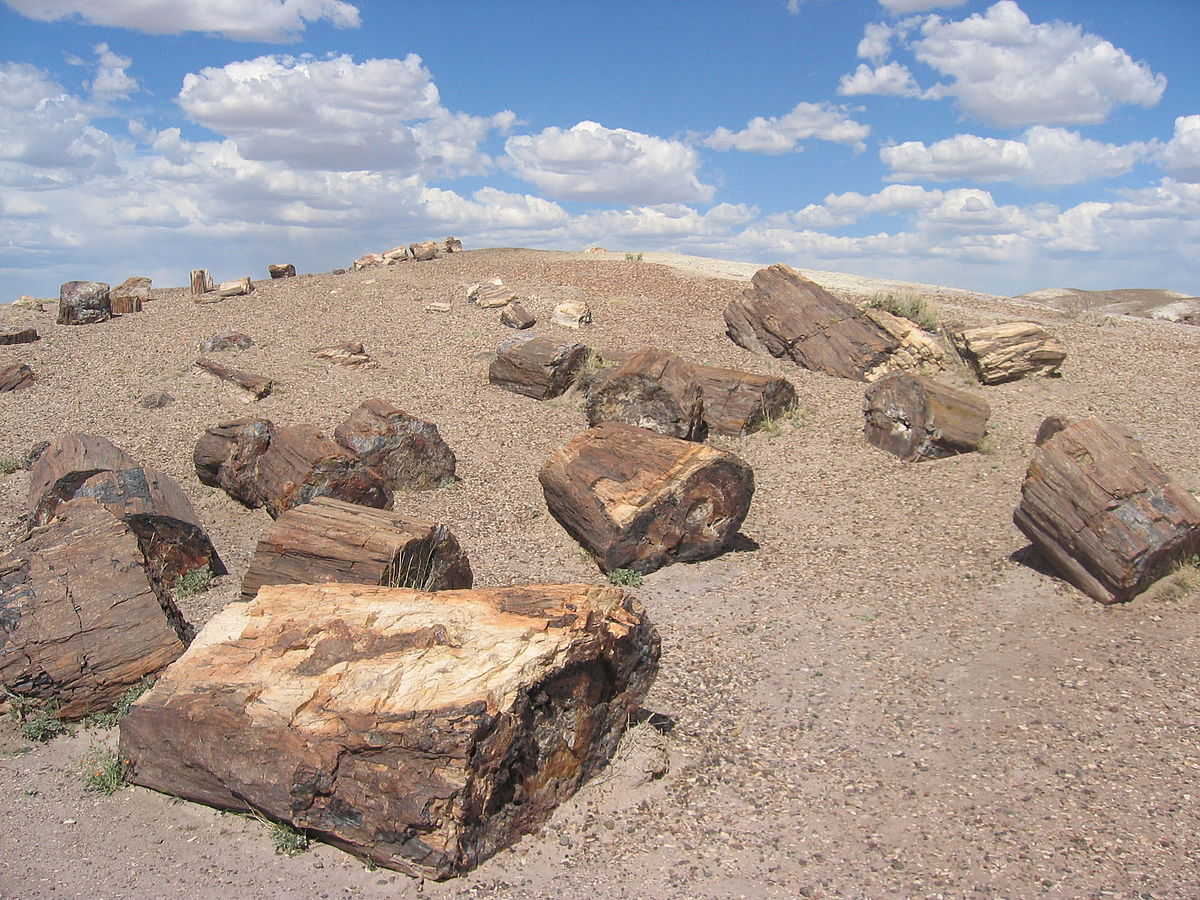Listen to Episode 73 on PodBean, Spotify, YouTube, or wherever you get your podcasts!
As our friend Aly is fond of saying, plants aren’t just a colorful background to Earth history, they’re dynamic and influential drivers of environmental change. In this episode, she joins us to discuss one of the most famous and important innovations in all of plant evolution: Trees.
In the news:
Different dinosaurs cooled their heads in different ways.
Trilobites fossilized in single-file lines.
The evolution of moth hearing and bat calls.
The 1,000 Plant Transcriptome Initiative.
Trees
A tree isn’t really one type of plant – it’s more a form that plants can take. Trees are generally tall, long-lived, single-stemmed, vascular plants, with secondary growth (that is to say, they grow outward as well as upward). Trees have evolved multiple times in multiple plant groups, including both conifers and flowering plants.
By the way, some things that are tree-like that are not trees: palms, banana plants, tree ferns.

Once trees evolved, they quickly dominated landscapes. They grow very tall, capture lots of sunlight, and are sturdy enough to survive for years, centuries, or even more. The Carboniferous Period gets its name from the abundant coal deposits it left behind, which owe their existence to the vast forests formed by the earliest trees.

Trees have changed over time. Today’s world is dominated by angiosperms – flowering plants that include nearly every tree you can think of. Back in the Mesozoic Era, it was coniferous trees, ancient relatives of today’s pines and other seed-bearing plants, that formed most of the world’s forests. And before that it was the predecessors of those trees, plants unlike any major groups we have today.

Still today, forests are the most widespread biomes on land, from chilly coniferous forests in the north to tropical rainforests near the equator, not to mention all the sparsely-treed woodlands.
Follow Aly on Twitter: @kyrietree
—
If you enjoyed this topic and want more like it, check out these related episodes:
- Episode 95 – The Carboniferous Rainforest Collapse
- Episode 115 – Biomes
- Episode 57 – The Evolution of Flowering Plants (Angiosperms)
- Episode 148 – Gliding
We also invite you to follow us on Twitter, Facebook, or Instagram, buy merch at our Zazzle store, join our Discord server, or consider supporting us with a one-time PayPal donation or on Patreon to get bonus recordings and other goodies!
Please feel free to contact us with comments, questions, or topic suggestions, and to rate and review us on iTunes!